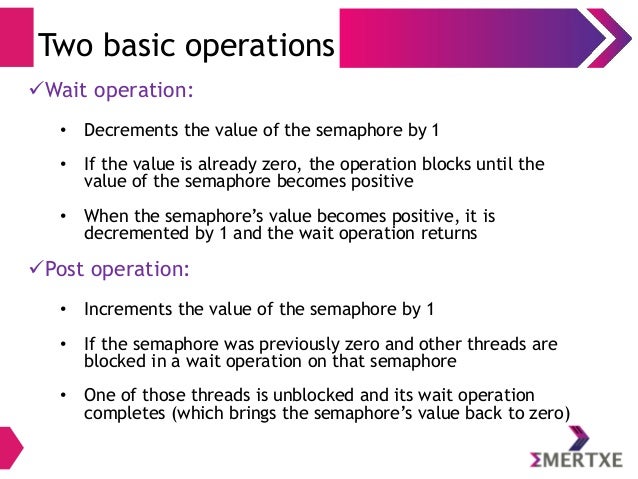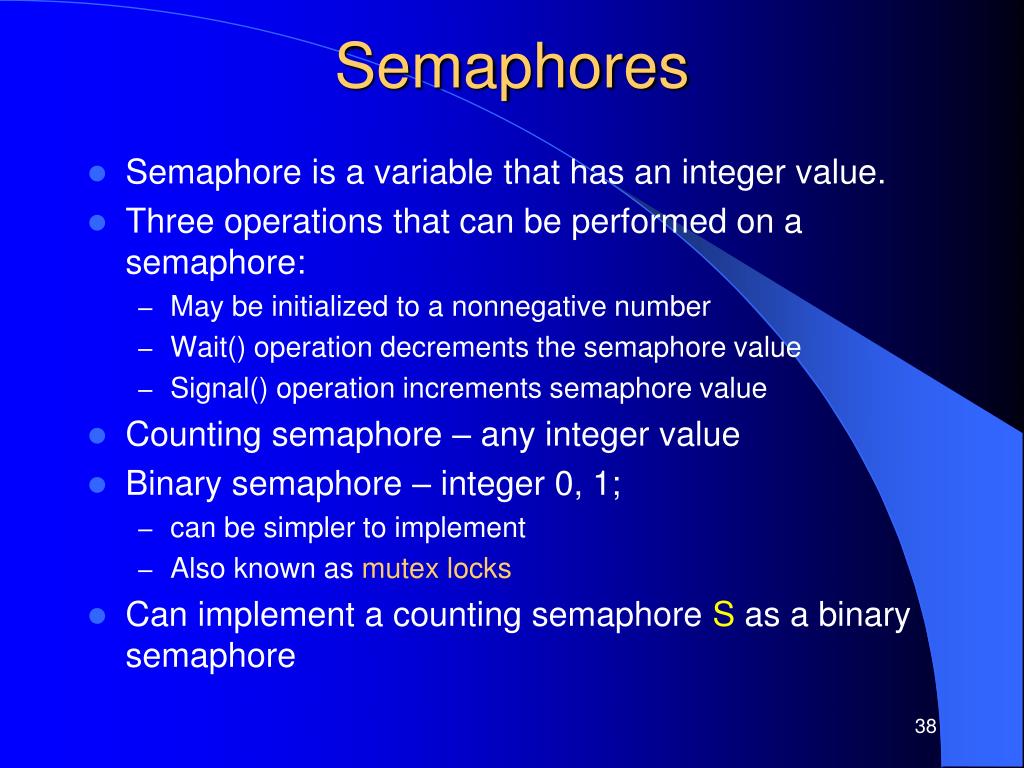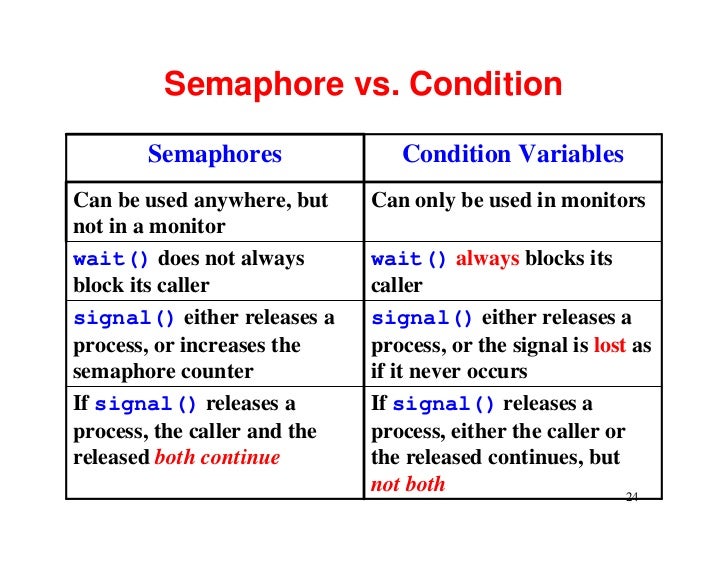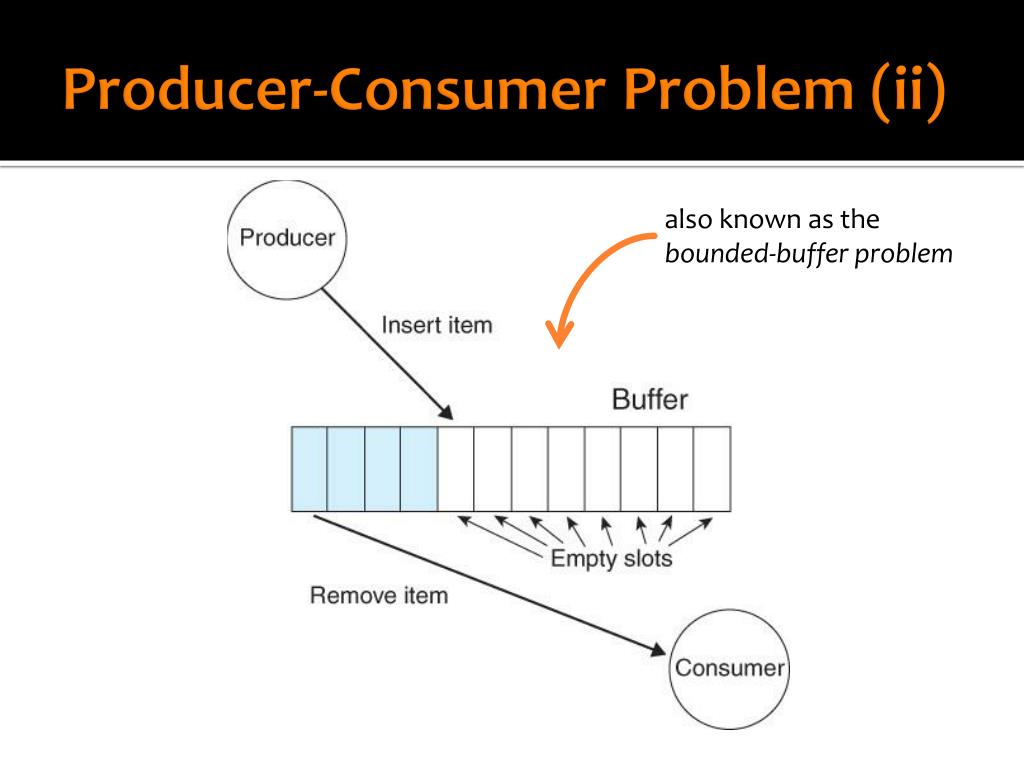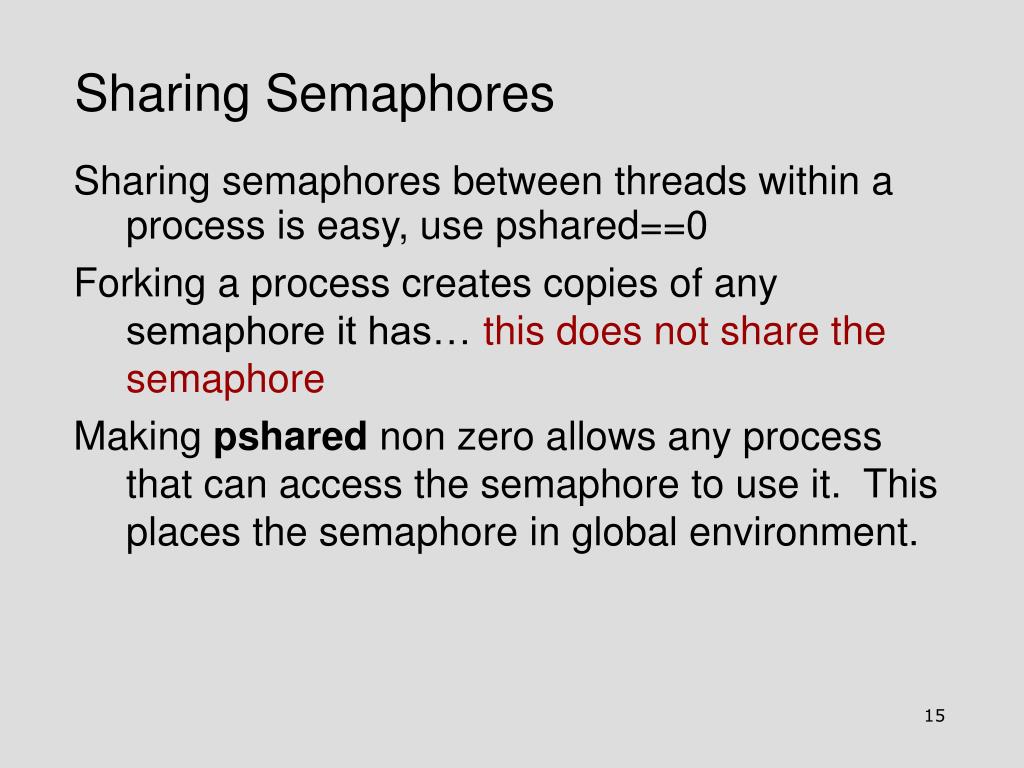Semaphores And It's Operations And Types Presentation
| Introduction to Semaphores | ||
|---|---|---|
| Semaphores are synchronization tools used in concurrent programming. They allow multiple threads or processes to safely access shared resources. Semaphores use two main operations: wait and signal. | ||
| 1 | ||
| Wait Operation | ||
|---|---|---|
| The wait operation, also known as P or acquire, decrements the semaphore value. If the value is positive, the thread continues its execution. If the value is zero or negative, the thread is blocked until the semaphore is signaled. | ||
| 2 | ||
| Signal Operation | ||
|---|---|---|
| The signal operation, also known as V or release, increments the semaphore value. If there are blocked threads waiting for the semaphore, one of them is unblocked. If the value becomes positive, the next waiting thread can continue its execution. | ||
| 3 | ||
| Types of Semaphores | ||
|---|---|---|
| Binary Semaphores: Can only take the values 0 or 1.
- Used for mutual exclusion or resource allocation between two threads or processes.
- Also known as mutexes. Counting Semaphores: Can take any non-negative integer value. - Used to control access to a certain number of identical resources. - Each time a resource is acquired, the semaphore value is decremented. Named Semaphores: Can be identified by a unique name in the operating system. - Can be used for inter-process communication and synchronization. - Can be accessed by multiple processes across the system. |  | |
| 4 | ||
| Semaphore Operations Recap | ||
|---|---|---|
| Wait Operation:
- Decrements the semaphore value.
- Blocks the thread if the value is zero or negative. Signal Operation: - Increments the semaphore value. - Unblocks a waiting thread if there are any. Your third bullet |  | |
| 5 | ||
| Advantages of Semaphores | ||
|---|---|---|
| Provides synchronization and mutual exclusion mechanisms. Allows for efficient use of resources in concurrent programs. Supports inter-process communication and synchronization. | ||
| 6 | ||
| Limitations of Semaphores | ||
|---|---|---|
| Can be prone to deadlocks and race conditions if not used correctly. May require careful handling of synchronization and resource allocation. Can be more complex to use compared to other synchronization primitives. | ||
| 7 | ||
| Use Cases for Semaphores | ||
|---|---|---|
| Producer-Consumer Problem: Semaphores can be used to control access to a shared buffer between producers and consumers. Dining Philosophers Problem: Semaphores can be used to prevent deadlocks and ensure the philosophers can take turns eating. Reader-Writer Problem: Semaphores can be used to manage concurrent read and write access to a shared resource. | ||
| 8 | ||
| Best Practices for Semaphore Usage | ||
|---|---|---|
| Use appropriate synchronization mechanisms for different scenarios. Always release acquired semaphores to prevent deadlock situations. Carefully design and implement thread or process interactions to avoid race conditions. | ||
| 9 | ||
| Conclusion | ||
|---|---|---|
| Semaphores are valuable tools for synchronization in concurrent programming. Understanding the wait and signal operations, as well as the different types of semaphores, is essential. Proper usage of semaphores can help prevent race conditions, deadlocks, and ensure efficient resource utilization. | ||
| 10 | ||

